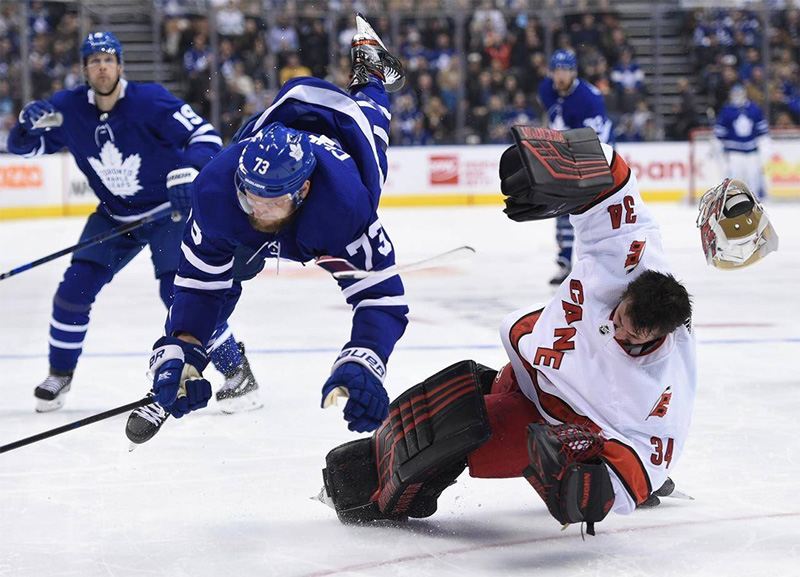
Hockey Shoulder Dislocation
Shoulder dislocation is a common injury in ice hockey, which can occur as a result of a hard hit, fall, or collision with another player. The shoulder joint is the most mobile joint in the body, making it vulnerable to dislocation.
When a shoulder dislocates, the upper arm bone (humerus) comes out of the shoulder blade’s socket (scapula). This can cause intense pain, swelling, and difficulty moving the arm.
In some cases, the shoulder may spontaneously return to its socket (reduction), but in others, medical intervention may be necessary to put it back in place. After a dislocation, the shoulder joint may be unstable, and there may be an increased risk of future dislocations.
Treatment for a shoulder dislocation typically involves rest, ice, immobilization, and physical therapy to regain strength and range of motion. Surgery may be required for severe or recurrent dislocations.
Preventing shoulder dislocations in ice hockey involves using proper technique when checking and being checked, wearing appropriate protective gear, and avoiding risky situations on the ice.